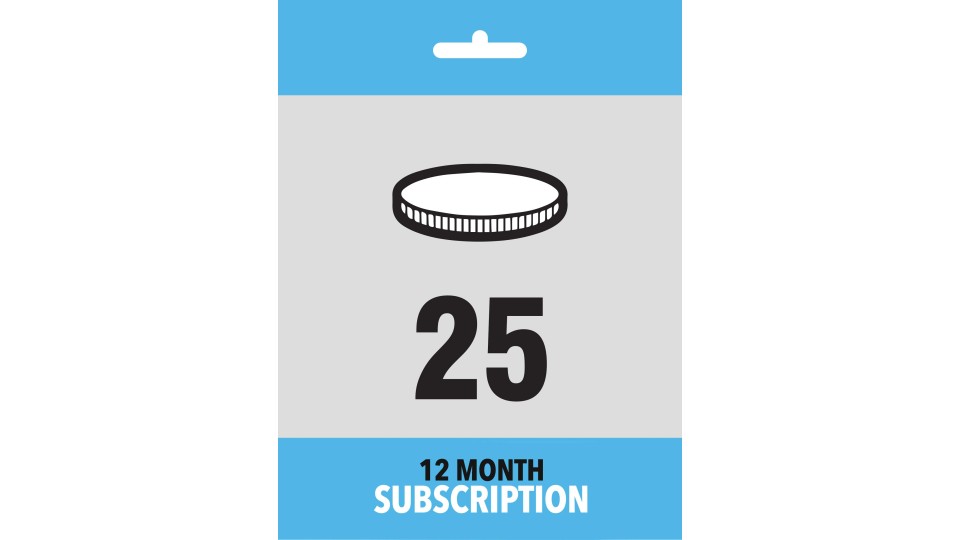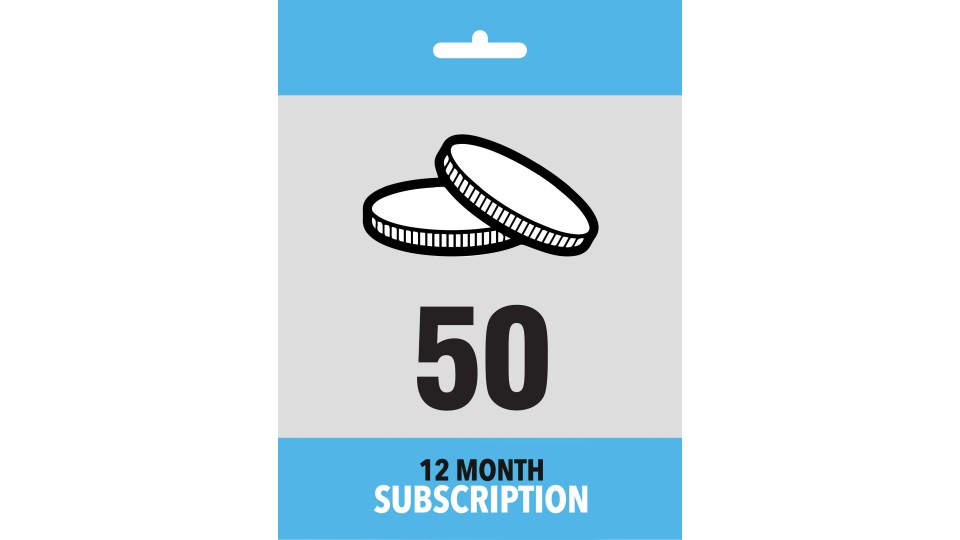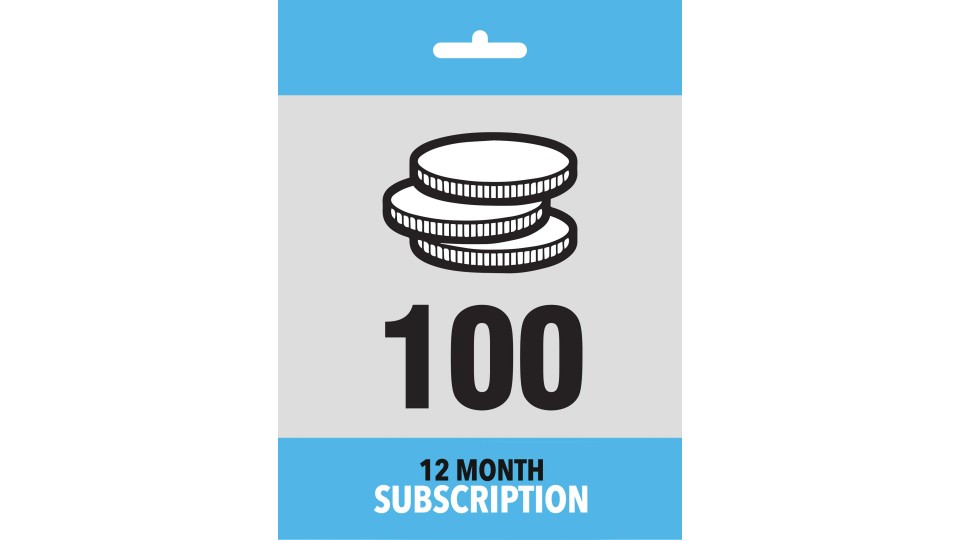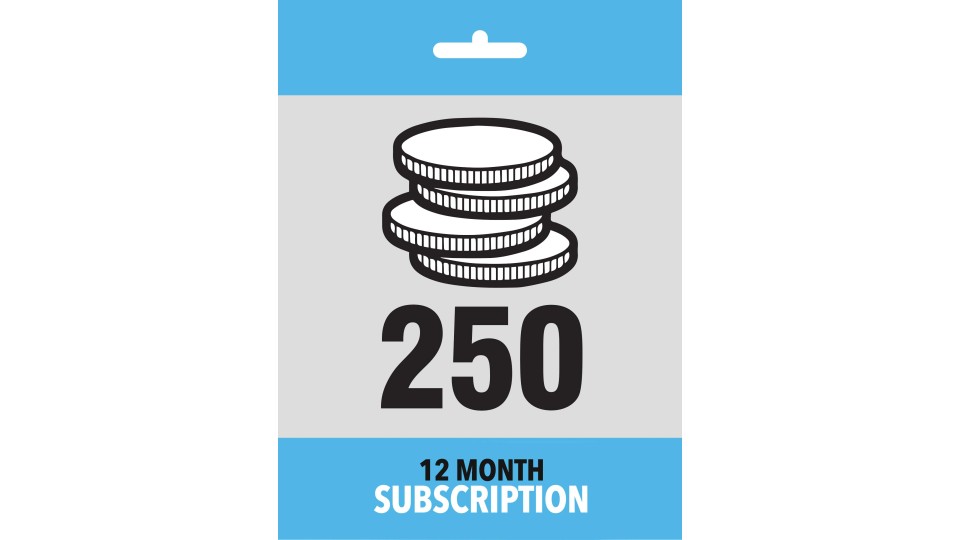A recent global report generated from Good to Go Safety’s TakeAIM pre-use checking app, showed that one in a hundred fleet vehicles had a fault so serious that the vehicle had to be immediately removed from service until fixed. Had these vehicles been driven, it could have resulted in a breakdown and/or a collision.
There are 5.4 million fleet assets on British roads. If that 1% of vehicles which were not roadworthy is extrapolated to the whole fleet, this means 54,000 fleet vehicles on any given day are not fit or safe to drive on the public highway.
The roadworthiness challenge facing fleets is even greater, as there is evidence that as fleet car registrations fall, the use of grey fleet is climbing significantly. Leasing and rental trade association BVRLA believes there are up to 14 million grey fleet vehicles in use. Are these grey fleet vehicles more or less likely to be well managed and maintained than fleet owned assets?
We would suggest less likely, and their drivers are less likely to be educated or provided with the tools to complete pre-use checks.
Fleet organisations have a duty of care to their employees and to the public. All fleet assets must therefore be roadworthy to mitigate the safety risks to their drivers and other road users. Furthermore, the Road Vehicles (Construction and Use) Regulations 1986 require all vehicles are made, and maintained to high and roadworthy standards.
The driver’s pre-use check is extremely important in maintaining these roadworthiness standards. It ensures:
• Rapid identification of faults before they become critical
• Cost savings in terms of repair
• Lower risk of breakdown
• More reliable fleet performance
• Collision prevention
All drivers – whether owned or grey fleet – should be educated in how to check a vehicle before use, and equipped with the means of carrying out and recording a competent check.
Defects found on owned assets should be reported to the appropriate department and that information acted upon in a timely manner.
Traditionally fleets used paper-based systems for pre-use checks, but this is cumbersome, inefficient and problematic for ensuring driver compliance. Today, every fleet driver can be equipped with a pre-use check app on their phone or PDA. This has the following benefits:
• Ensures the check is done
• Has an automated alert function to expedite repair
• Provides evidence that the company has fulfilled its legal responsibilities in checking the vehicle is fit for use
Our report revealed 13% of vehicles had advisory concerns – minor defects in which the vehicle was safe to drive but should be rectified as quickly as possible.
Tyres, lights, and damage to bodywork are the major contributory factors being picked up on our app.
This accords with Driver and Vehicle Standards Agency findings. Its figures show that the top reasons for prohibition include tyres, wheel, body security and lights.
It also makes the point that faults can develop or worsen rapidly, and that the prohibition rate within three to six months of MOT can be surprisingly high.
Pre-use checks are therefore essential to every fleet organisation’s compliance and risk management. Use an intelligent system, which ensures that the checks are properly completed, defects are reported and actioned, and an audit trail is available to evidence your fleet governance. It will pay dividends – and could save lives.
There are 5.4 million fleet assets on British roads. If that 1% of vehicles which were not roadworthy is extrapolated to the whole fleet, this means 54,000 fleet vehicles on any given day are not fit or safe to drive on the public highway.
The roadworthiness challenge facing fleets is even greater, as there is evidence that as fleet car registrations fall, the use of grey fleet is climbing significantly. Leasing and rental trade association BVRLA believes there are up to 14 million grey fleet vehicles in use. Are these grey fleet vehicles more or less likely to be well managed and maintained than fleet owned assets?
We would suggest less likely, and their drivers are less likely to be educated or provided with the tools to complete pre-use checks.
The importance of pre-use checks
Fleet organisations have a duty of care to their employees and to the public. All fleet assets must therefore be roadworthy to mitigate the safety risks to their drivers and other road users. Furthermore, the Road Vehicles (Construction and Use) Regulations 1986 require all vehicles are made, and maintained to high and roadworthy standards.
The driver’s pre-use check is extremely important in maintaining these roadworthiness standards. It ensures:
• Rapid identification of faults before they become critical
• Cost savings in terms of repair
• Lower risk of breakdown
• More reliable fleet performance
• Collision prevention
All drivers – whether owned or grey fleet – should be educated in how to check a vehicle before use, and equipped with the means of carrying out and recording a competent check.
Defects found on owned assets should be reported to the appropriate department and that information acted upon in a timely manner.
Audit trails & fleet compliance
Traditionally fleets used paper-based systems for pre-use checks, but this is cumbersome, inefficient and problematic for ensuring driver compliance. Today, every fleet driver can be equipped with a pre-use check app on their phone or PDA. This has the following benefits:
• Ensures the check is done
• Has an automated alert function to expedite repair
• Provides evidence that the company has fulfilled its legal responsibilities in checking the vehicle is fit for use
Tyres, lights, and damage to bodywork – save money and save lives
Our report revealed 13% of vehicles had advisory concerns – minor defects in which the vehicle was safe to drive but should be rectified as quickly as possible.
Tyres, lights, and damage to bodywork are the major contributory factors being picked up on our app.
This accords with Driver and Vehicle Standards Agency findings. Its figures show that the top reasons for prohibition include tyres, wheel, body security and lights.
It also makes the point that faults can develop or worsen rapidly, and that the prohibition rate within three to six months of MOT can be surprisingly high.
Pre-use checks are therefore essential to every fleet organisation’s compliance and risk management. Use an intelligent system, which ensures that the checks are properly completed, defects are reported and actioned, and an audit trail is available to evidence your fleet governance. It will pay dividends – and could save lives.







